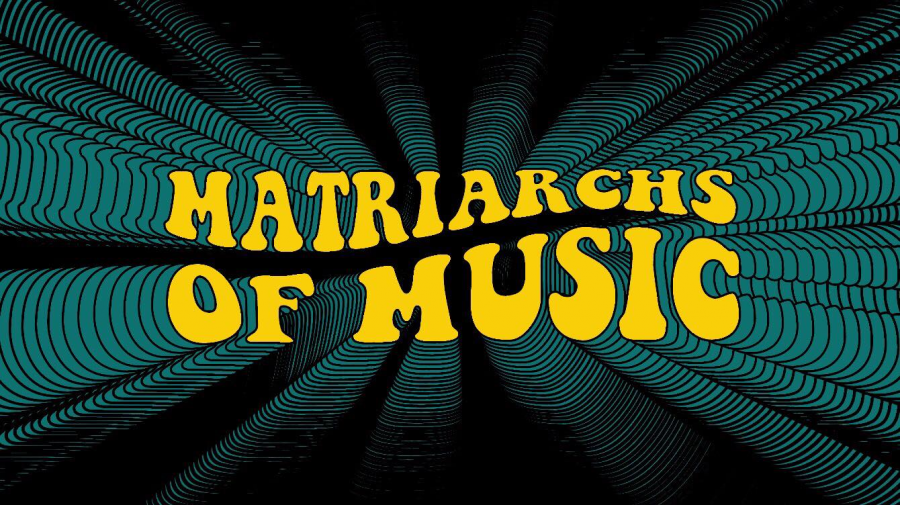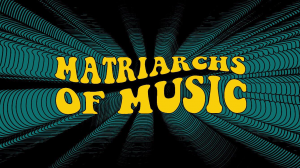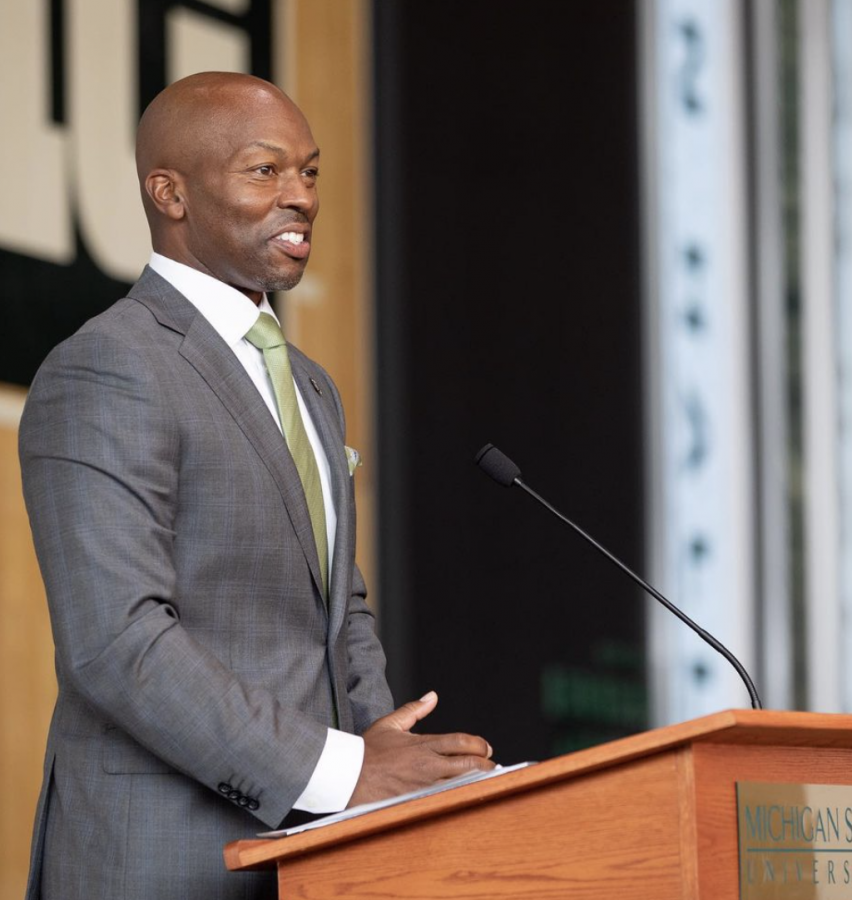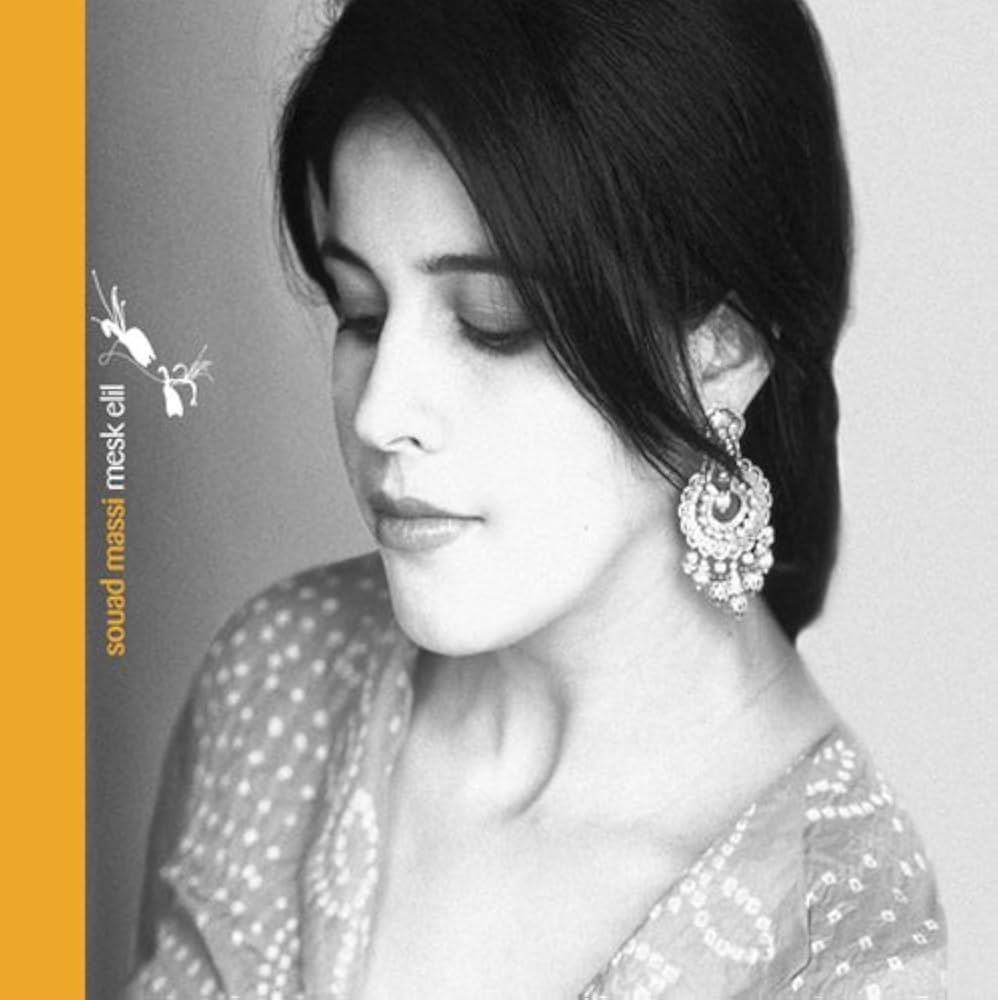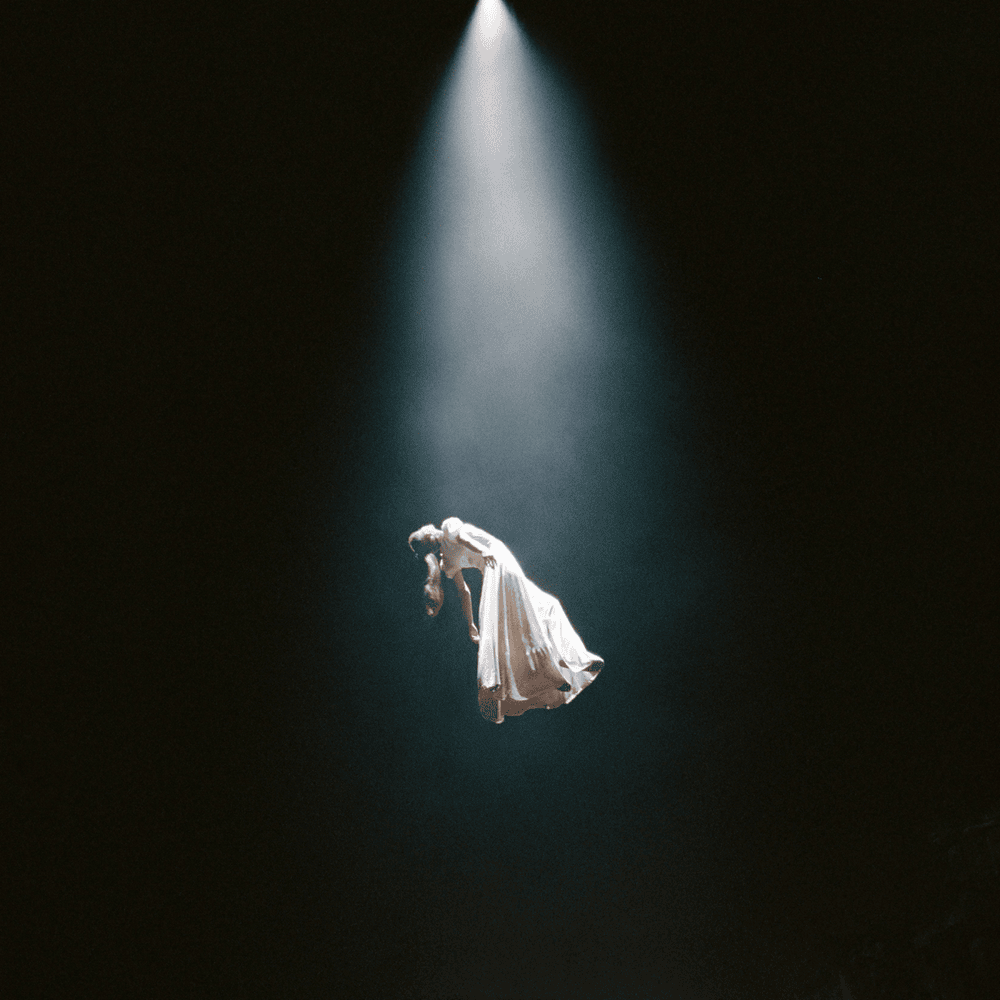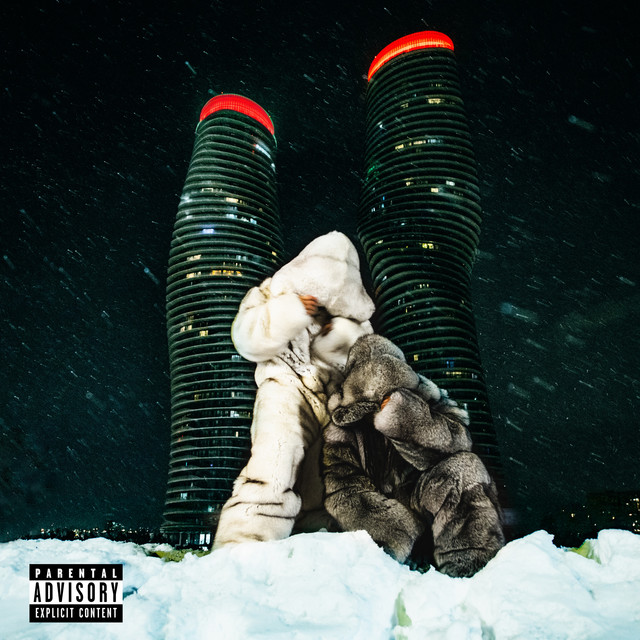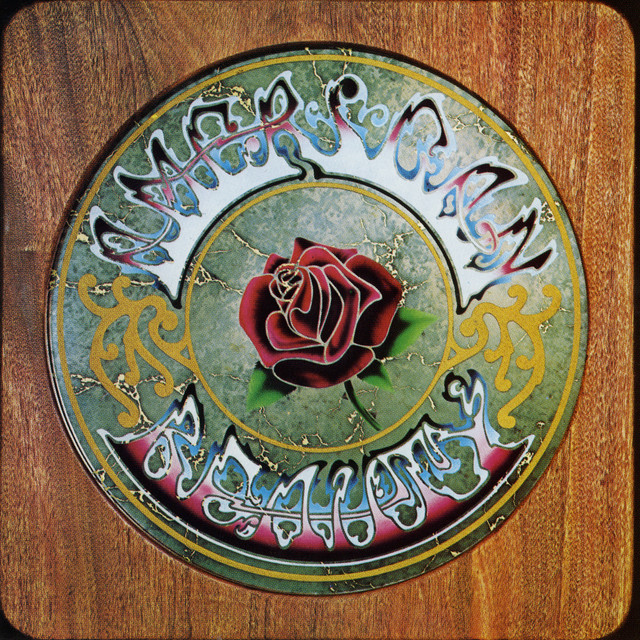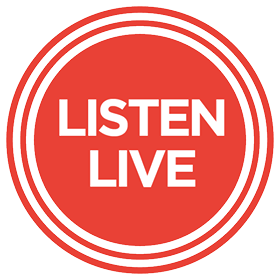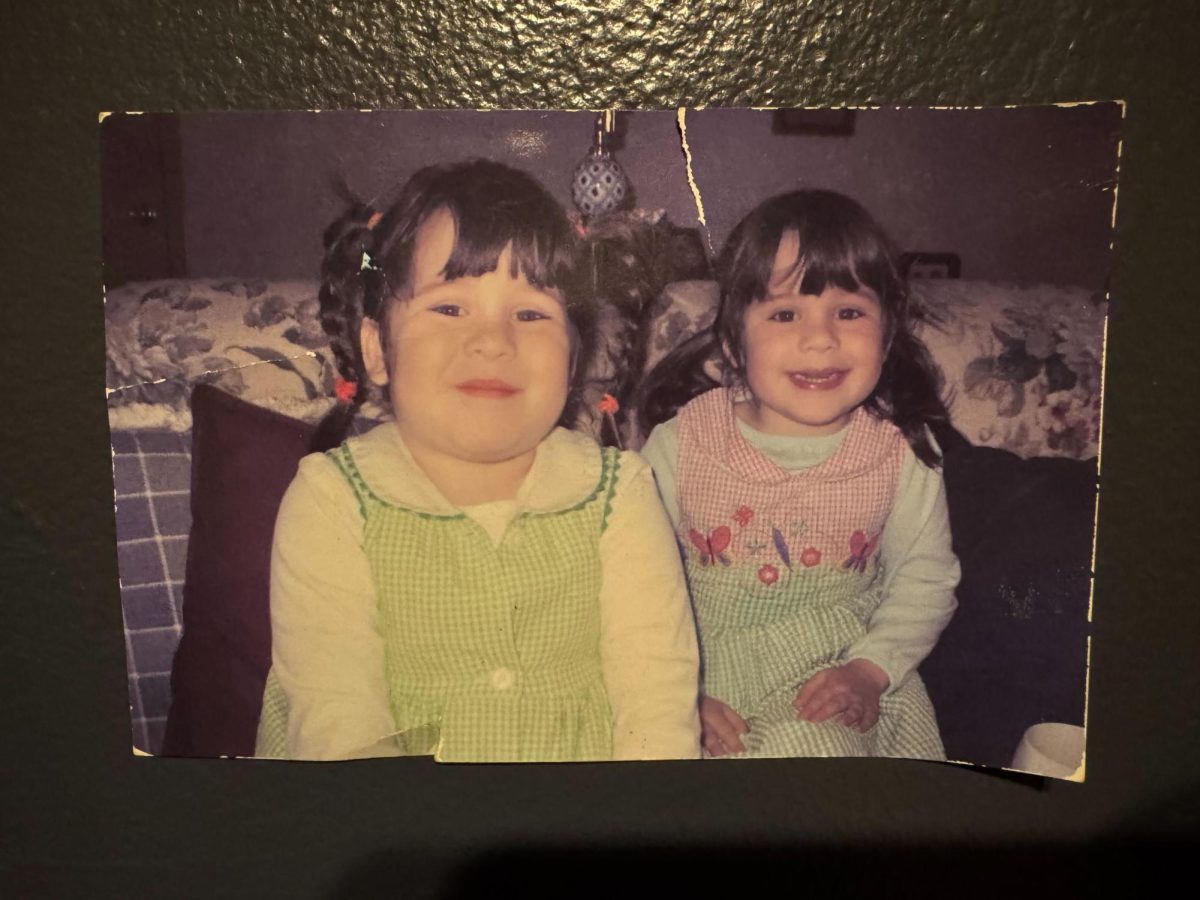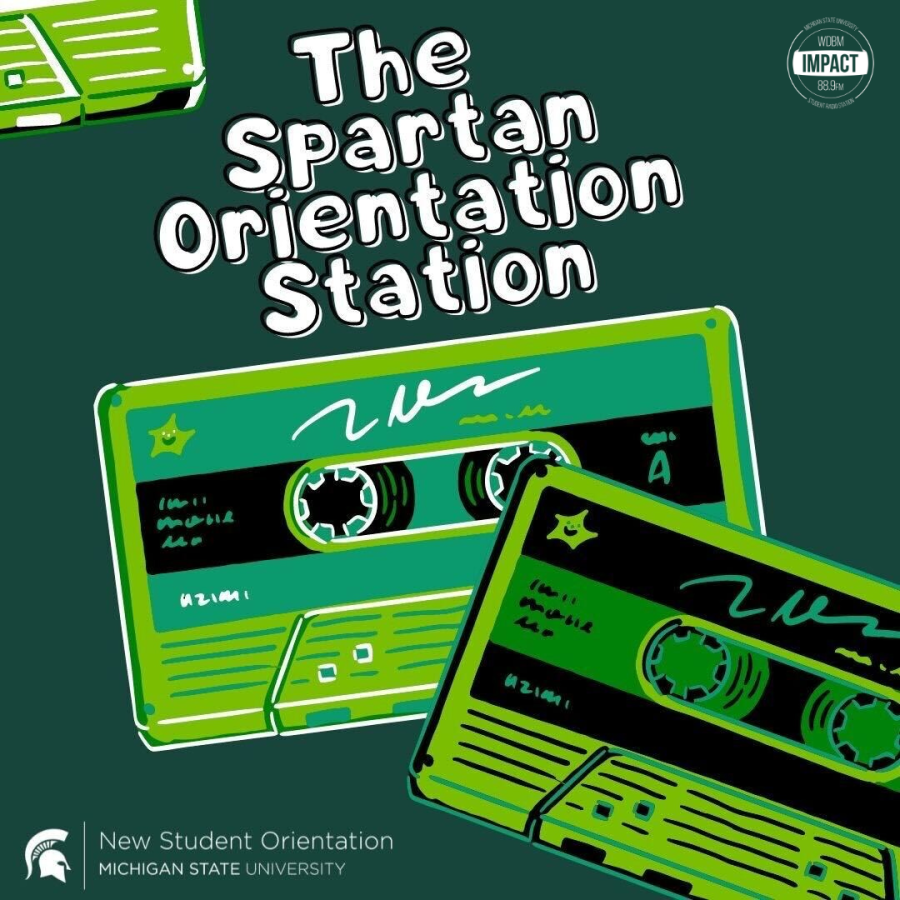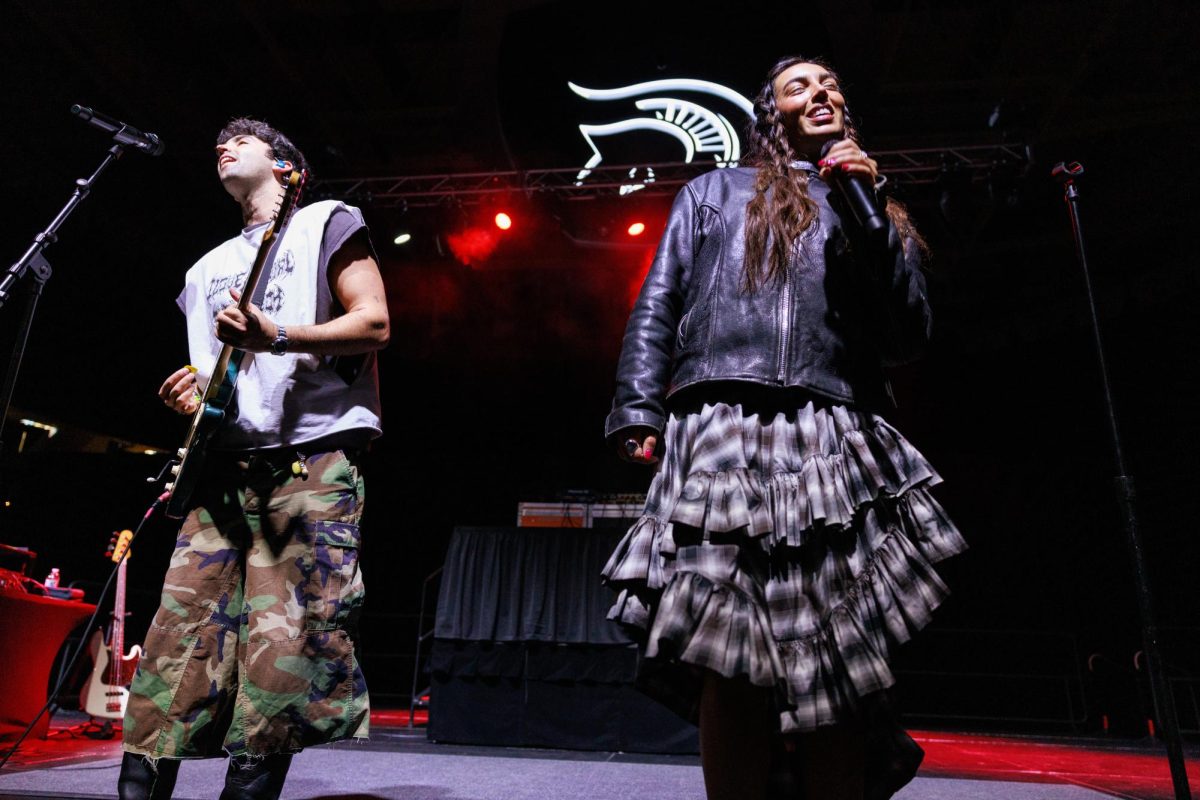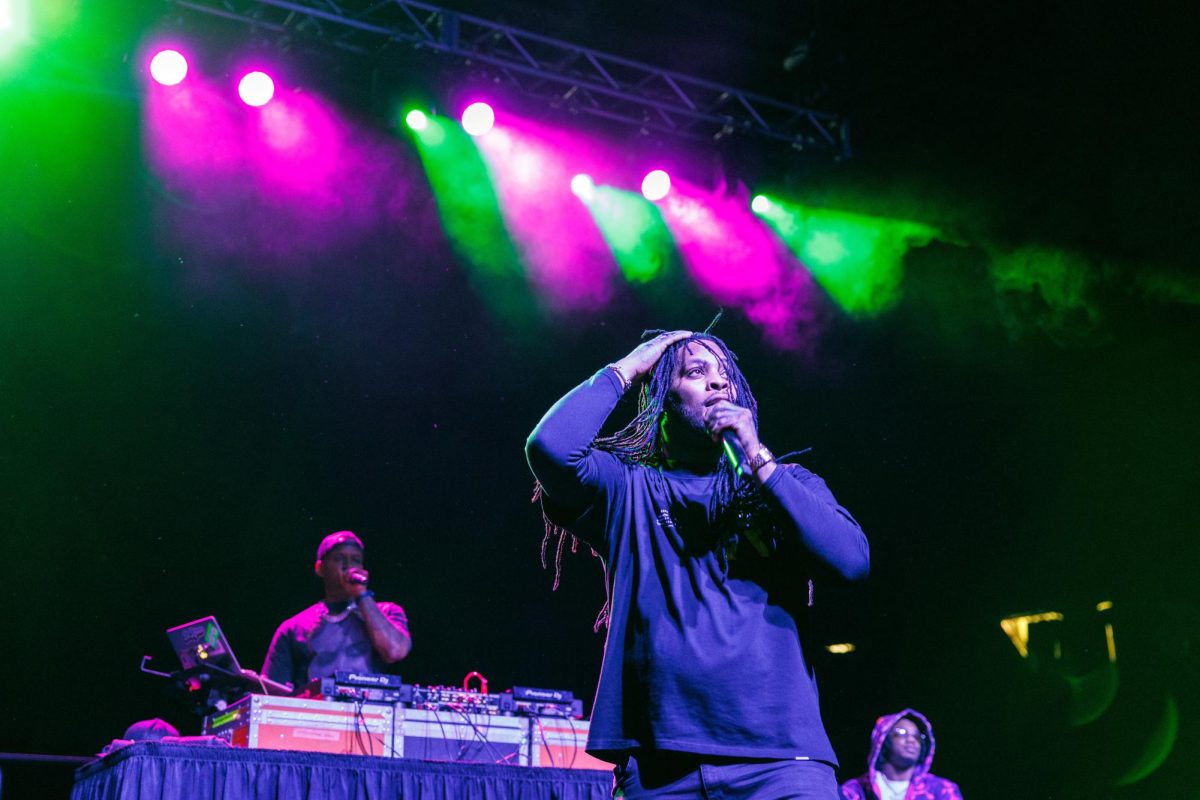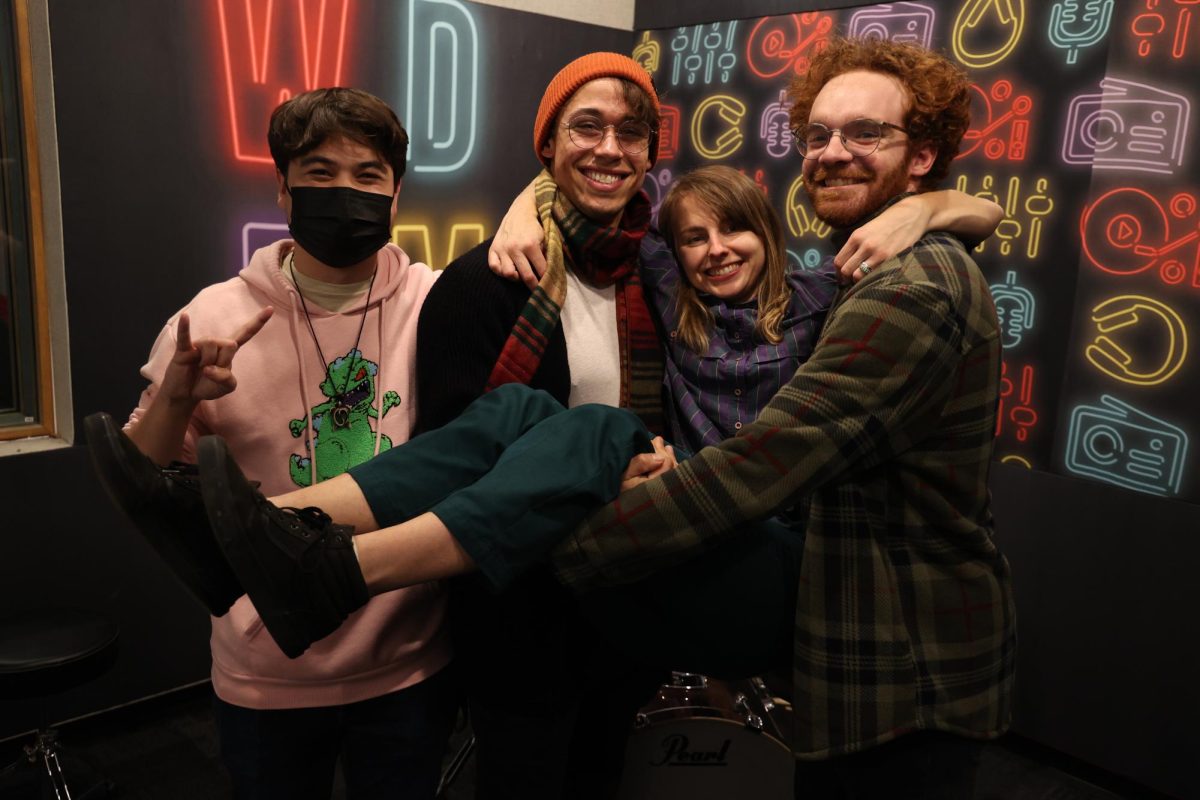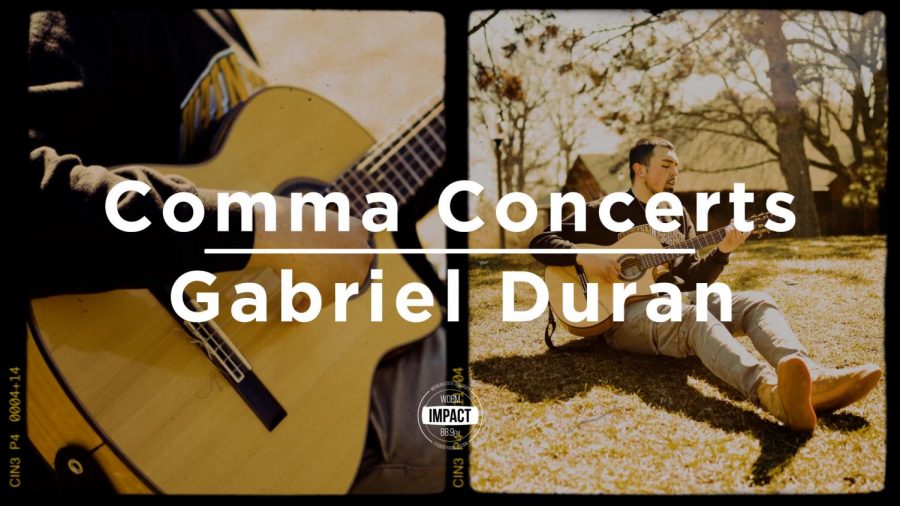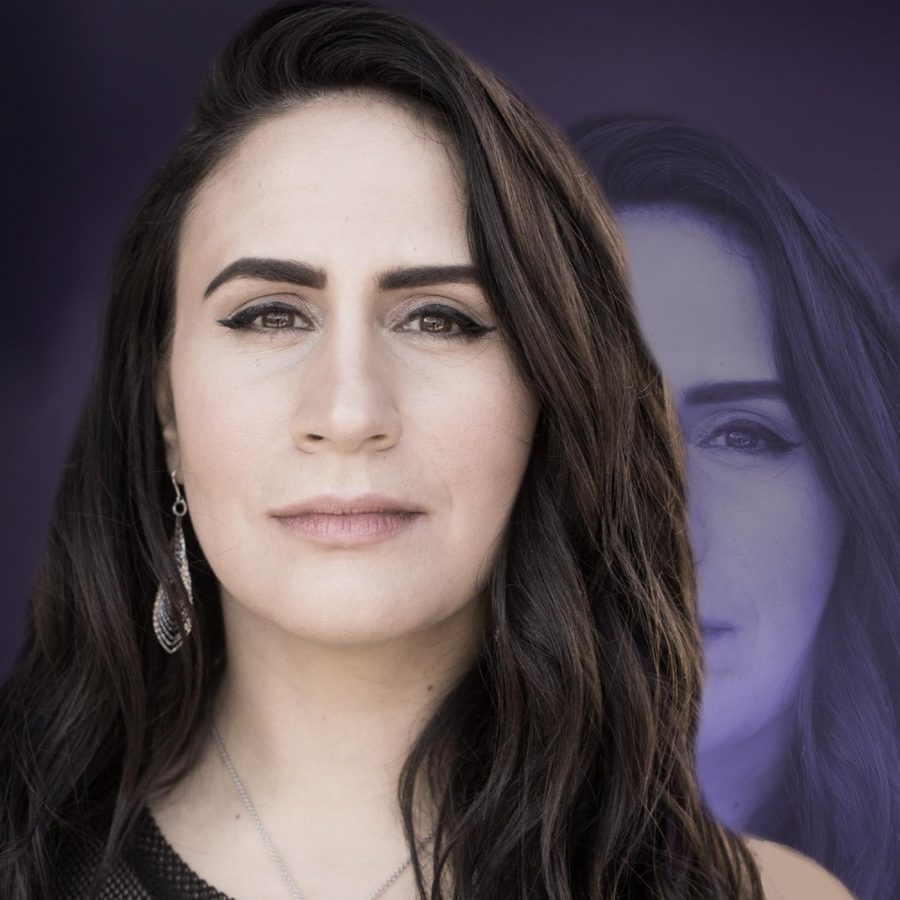Matriarchs of Music | Kathleen Hanna
June 5, 2019
I distinctly remember the day I was introduced to Kathleen Hanna. Besides hearing a few Bikini Kill songs in passing, my knowledge of her career was limited up until my art teacher showed us her documentary, “The Punk Singer“, during my sophomore year of high school.

This wasn’t the first time my teacher had opened my eyes to a creative realm that excited me; I had routinely taken a class with her every semester since the sixth grade and learned something new every year.
Obviously the main factor driving me to continually take her classes was my love for painting and drawing. However, in hindsight, I find myself most fascinated by the things she introduced me to that had almost nothing to do with our class assignments. Among the most impactful things was being shown the film “Labyrinth“, which sparked an already budding obsession with David Bowie and avante-garde film.
Being introduced to these things was refreshing and stimulating, but “The Punk Singer” struck an entirely different chord. I was in the midst of an incredibly vulnerable and transformative time in my life that I am going to assume is in some way shared by most young girls. At 15 years old, the empowering, outspoken energy that Kathleen Hanna possessed inspired and motivated me more than anything that I could point to in my own tangible universe.
What continues to be so refreshing about Hanna’s work, particularly with Bikini Kill and Le Tigre, is the over-the-top socio-political messages that presented themselves more blatantly and authentically than almost anything else at the time.
As she pointed out in her documentary, one of the most common criticisms of Bikini Kill was that they didn’t know how to play their instruments. I could address this by saying that their discography clearly disproves that statement, but I find it much more important to point out that Bikini Kill wasn’t formed to showcase musical ability. They had something to say and knew music was the best way to get people to listen.
“I thought I was bringing performance art into punk music, while talking about feminism and violence against women,” Hanna said in an interview with the Guardian. “A big part of it was writing to kids who were having a hard time and didn’t have anyone to turn to”.
Kathleen Hanna wasn’t just some girl screaming in her underwear. When I discovered her, I was just beginning to acquaint myself with the complex ideas of gender and sexuality. A number of things, including my small-minded hometown and my position as a young white woman, limited my perspective on the lasting, historical implications of these issues.
My public education barely scratched the surface of what I wanted to know, so I turned to my own devices. Eventually I found myself becoming entrenched in a form of social media “activism” that was oversaturated and highly flawed.
Hanna’s music, and the subsequent Riot grrrl movement, gave me something clear to look up to. The unexpected cultural boom that Bikini Kill and their popular fanzines triggered showcases how powerful creating communities with open dialogue can be.
The idea behind their fanzines inspired me because it addressed all the problems I had with the self-righteous, exclusionary activism I was seeing so much of at the time. Bikini Kill started Riot grrrl as a platform for women and LGBTQ+ people of all backgrounds to talk about whatever issues they thought were deserving of attention.
The Riot grrrl zines were not copyrighted, regulated or possessed by anybody in particular. It gave marginalized groups the freedom they didn’t have anywhere else, and it resulted in an undeniable shock to many people’s reality.
Hanna never expected to gain the amount of recognition that she did, and she immediately recognized that her particular brand of fame came with a greater responsibility than most.
I continue to strive for the maturity and empathy Hanna has displayed throughout her career. She did the most she could to fight for the representation of all oppressed people, not just white women like herself. If the music wasn’t accessible to everyone, they made sure their message was.
With every stage of Hanna’s career, a new and distinct voice emerged. If these personas didn’t attract an entirely new audience, they at least appealed to a different aspect of the feminine experience.
I know this because I have found myself periodically revisiting the Julie Ruin album, Le Tigre, and Bikini Kill at different stages of my life for very different purposes. For the most part, the chronology of Hanna’s career closely followed my growth and ability to appreciate the sounds and messages she created.
When it comes to Bikini Kill, I am largely drawn to the unapologetic anger and denial of victimhood that is paired with their political statements. I was most fixated on the group in the early stages of my internal love affair with Kathleen Hanna, when my ideologies and sense of identity were still forming. Now, if I ever feel in a musical rut or overwhelmed by masculine voices and ideas, I turn to Bikini Kill as a palette cleanser.
Hanna’s solo project, Julie Ruin, has felt the most versatile to me by far. Being introduced to the entirety of Hanna’s discography as a young high schooler who spent most of my time locked in my bedroom, I was fascinated by the conceptual design of Julie Ruin.
The album was the first Hanna had released on her own; she wrote and produced it independently without ever stepping foot in a studio. Her goal was to capture and unite all the beautiful hushed voices and ideas that women and young girls often keep confined in their own spaces.
A couple years ago, when lo-fi, DIY music gained mainstream traction through artists like Boy Pablo, Gus Dapperton and Clairo, the larger music community began to recognize it as its own genre, termed “bedroom pop”. The first time I came across the term, my knee-jerk reaction was to think of Kathleen Hanna.
Although I enjoyed what was being released by these newer artists, I couldn’t help but be biased towards Julie Ruin. Decades before anyone had even defined bedroom pop, Hanna was setting the bar high. With a raw, unfinished yet gentle touch, she authentically captured an experience we as women didn’t even know we shared.
With the formation of Le Tigre, Hanna set out to remind her audience that she hadn’t gotten soft, even if her sound had changed. The band’s witty lyrics and earthy electronic sound came together to create the most sophisticated display of Hanna’s musical ambitions so far.
One of the things I admire most about Hanna is that she never faltered from using her music as the political tool she originally intended it to be, no matter how it evolved or how much popularity she gained. I have, however, learned a lot from the one mistake she did make: forgetting to prioritize herself.
In 2014, Hanna was forced to cancel several dates on tour with her most recent band, The Julie Ruin, to undergo months-long intensive treatment for lyme disease. She was so absorbed in her music and her goals that she neglected her health; she had been suffering from the disease for six years before getting properly diagnosed.
“I didn’t want to face the fact that I was really sick,” Hanna said in her documentary. “I didn’t choose to stop. I was told by my body I had to stop.”
This is a common issue among activists and empaths everywhere. The pain and injustice being suffered by others weighs so heavily on their minds that they end up suffering themselves. Hanna’s journey has shown me the importance of caring for not only the people around you, but for yourself as well. Doing what you love will always prove most effective when you love yourself first.
I see the work put out by The Julie Ruin as evidence of Hanna’s journey. Healing and self-discovery allowed her to keep her identity separate from her band, as she put it in The Punk Singer. Doing so gave her the power to not only be a better, more objective activist but to express herself more authentically than ever before.
If you love Kathleen Hanna as much as I do, buy this amazing merchandise and the proceeds will send a girl in Togo to school for a whole year! While you’re at it, make sure to read up on the organization Hanna partnered with to make it possible, the Peace Sisters.



